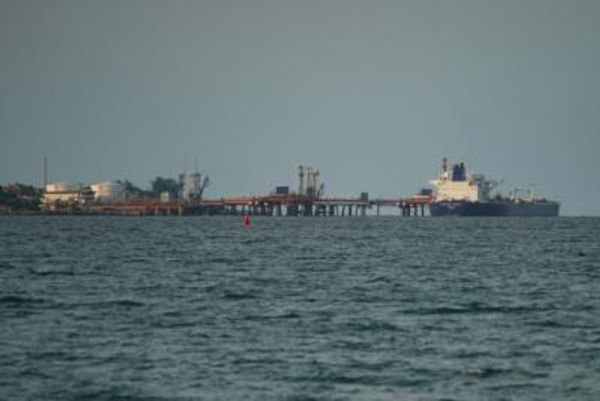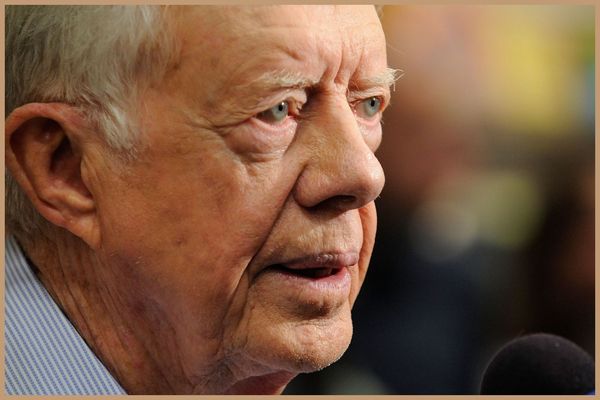
Beijing has been eagerly showing its political and economic power in the last decade. Whether through the Belt and Road Initiative (BRI), the United Front Work Department's activities in Australia and New Zealand, or Huawei's attempts to build 5G infrastructure in the United Kingdom, there is a broad consensus now that China is becoming less of a regional strategic concern and more of a global one.
In response to this geopolitical shift, it is likely that Western countries are going to have to step up their cooperation efforts to keep up with China’s rise in power.
The most important of these intelligence sharing alliances is the UKUSA agreement, also known as the Five Eyes. Established as a joint intelligence sharing arrangement between the U.S. and U.K. in 1946, it had expanded by 1956 to include Canada, Australia, and New Zealand. The Five Eyes was once referred to as "the world’s most enduring and robust alliance, eclipsing even NATO in terms of high-level information exchange among members."
European NATO nations, like Denmark, France, the Netherlands, and Norway, were also involved later through the Nine Eyes agreement. Belgium, Germany, Italy, Spain and Sweden followed suit in the Fourteen Eyes agreement. The public was only informed of the existence of these programs in 2013 due to the Snowden leaks.
NATO bolsters a response
As the UKUSA alliance and many NATO nations develop concerns over China's rise, their strategic outlook appears to be doing the same. The U.K. intends to ramp up its naval activities in South East Asia. France is reportedly stepping up its naval activities in the Asia-Pacific, conducting joint exercises with the U.S., Australia, and India as well as sending a frigate through the Taiwan Strait. Furthermore, the European Union identified its relationship with China as both an economic and military concern, pointing to “large military exercises [that] not only undermine trust, but also challenge the EU’s security.”
When NATO gathered last year for its 70th anniversary, its members discussed how the North American and European powers could collectively deal with China's activities in Europe's backyard. Threats presented by Huawei, the immediate effects of the BRI, cyber-attacks on European companies, as well as joint naval exercises with Russia in the Baltic Sea are all sending an alarming signal.
Building bridges or polarization?
The increasing strategic alignment between Russia and China has its roots in the often-overlooked Shanghai Cooperation Organization, which constitutes a security agreement between the two countries. Both have been rapidly developing their military capabilities, posing the dangers of armed conflicts against the West.
Now that China is becoming more strategically entwined with Russia, Five Eyes nations would benefit from building closer intelligence sharing ties with European countries. The Nine Eyes and Fourteen Eyes nations might be brought more formally into the UKUSA arrangement. This would mean breaking away from the Anglophone identity of the alliance to something more in the spirit of NATO – a common Western alliance.
Corey Pfluke of Missouri State University, also pointed out that certain non-Western powers like South Korea and Japan would make useful contributors.
Due to the pressure of China’s increasing prominence on the global stage, the agreement is likely only to expand to incorporate new members. The fundamental question is whether European NATO countries can be brought in the same way that three British Commonwealth states, Australia, New Zealand and Canada, were inducted during the early Cold War. If this is to occur, China’s growing power would be the tipping point.
READ NEXT: GIF STORY: The US Navy's Asian Pivot and Historical Deployment
TNL Editor: Jeremy Van der Haegen (@thenewslensintl)
If you've enjoyed this article and wish to receive more story updates, please be sure to follow us on Facebook.







